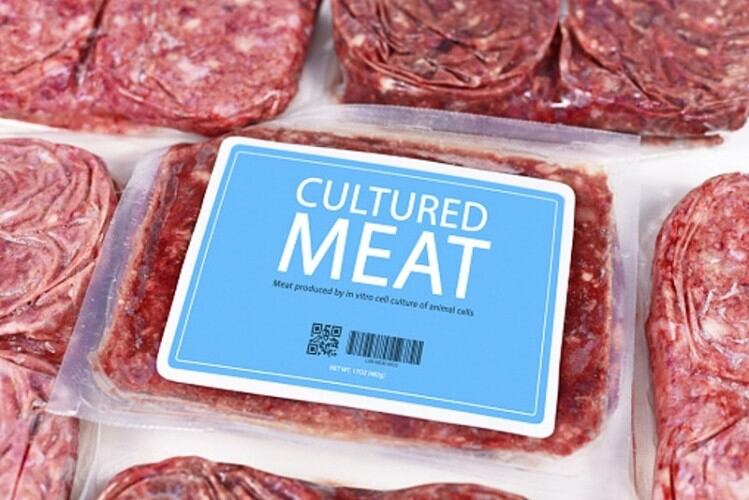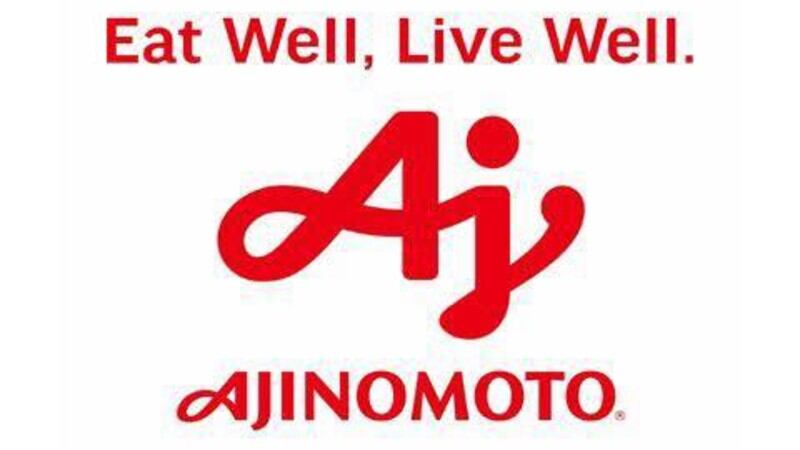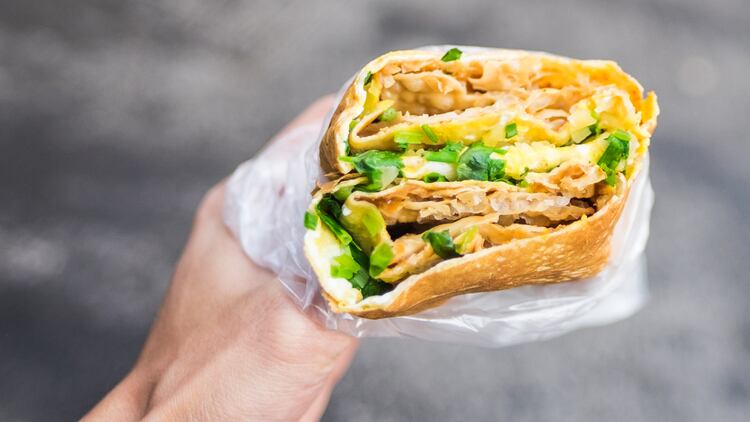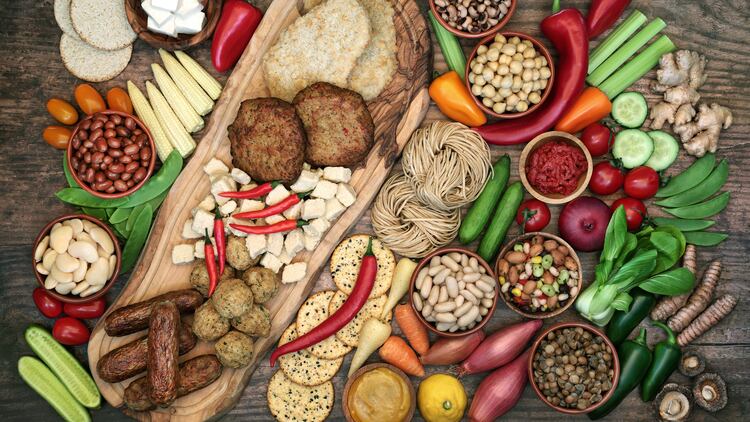Cultivated meat and dairy products have been lauded over the past few years as potentially the future of protein not only in the Asia Pacific region but also globally, but experts in the industry generally recognise that this will not happen for a while yet, and one of the main reasons for this wait is the regulatory landscape in most countries.
As of 2022, the only national food safety authority to have granted approval for cultivated chicken meat to be sold and consumed is the Singapore Food Agency (SFA).
The regulatory process has been ongoing for some time in markets such as the United States, and although this arduous undertaking might be taken negatively by some, cultivated meat firm Upside Foods believes that there are actually some positives to come out of this thorough vetting process.
“Of course we would love for the process to be accelerated, and are eager for the green light so that we can manufacture at scale and more consumers can have access to cultivated meat – but there is also something of a good ‘side effect’ coming from this very long and thorough process, which is that a lot of consumer concerns about safety will already have been addressed once products hit the market,” Upside Foods COO Amy Chen told FoodNavigator-Asia after speaking at a panel at the recent Asia Pacific Agri-Food Innovation Summit in Singapore.
“Consumers generally want to know how safe this is once they learn about it, and with this thorough vetting process, once approved we will already have the answers regarding the data, the safety analyses, the third party reviews, the regulatory certifications and so on to prove that the products are safe and they have nothing to worry about.
“This is all going to serve as a very good foundation for the consumers, and for us to essentially just get the question off the table. We are in this for the long term game, so it is so crucial to build that solid foundation.”
Chen also highlighted that over the past few years, the landscape has evolved so quickly that regulatory approvals are no longer an uncertainty, even if the timelines are less clear.
“The past two years have certainly shown us that from a regulatory perspective the industry has moved from an ‘if’ to a ‘when’,” she said.
“We are confident that the industry will be able to establish the food safety required, and now it is just the process of getting there, getting to a point where both regulators and consumers feel the most comfortable.”
Such is Upside Foods’ confidence in this that it has already established what it believes to be the world’s largest cultivated meat innovation centre dubbed EPIC, covering 50,000 square feet and capable of producing 50,000 to 400,000 pounds (22,680kg to 181,400kg) of cultivated meat yearly in preparation for mass production at scale upon commercialisation.
“EPIC is based in California which is our home base, but we are definitely looking closely at the APAC region for commercialisation as well as when it comes to openness to innovation, consumer interest in novel applications and government approaches, it is hard to beat this region,” Chen said.
“So the US is likely going to be our proving ground for the products, but once we have that then we will be looking closer at how to localise for other regions – in Asia, factors like taste, health, convenience and price are all things we need to nail first, and developing just chicken nuggets is unlikely to cut it for everyone.
“So we are conscious there is need for development based on a more cultural context, things they feel most familiar with whether that is in terms of product formats or species and so on – right now we have chicken, duck, lobster and scallops and are working on beef, but we know that definitely to come here pork is culturally very relevant, so that’s something for further down the line too.”
Universal system
This will be possible for Upside Foods as its development process is a species-agnostic one, enabling it to use the same technology from cell procurement to usage of media and equipment to develop cultivated animal products.
“This platform is what will enable us to localise species, flavour profiles, textures and so on,” said Chen.
“We acquired a cultivated lobster firm recently, and proved this concept by plugging in their products seamlessly into our technology and production process – there was a lot of work upfront in terms of developing a close-to-universal system of course, but we know very well that this is going to be very important for us to be able to work across every area that consumers have contact with protein from meat to poultry to seafood.”
Upside Foods aims to create cultivated products ranging from affordable items such as nuggets to premium ones such as foie gras, so as to cover the entire value chain. It expects to remain at a more premium pricing for several years, ranging around the organic and free range area, but also believes that the global environment will help it reach price parity sooner.
“We have already brought our costs down by thousands of times and this will keep dropping as we scale up,” she said.
“Add this to the fact that conventional meat prices are increasing all the time and supply chain issues are adding to the costs, and as we go down and they come up, this will certainly help us towards price parity.”





